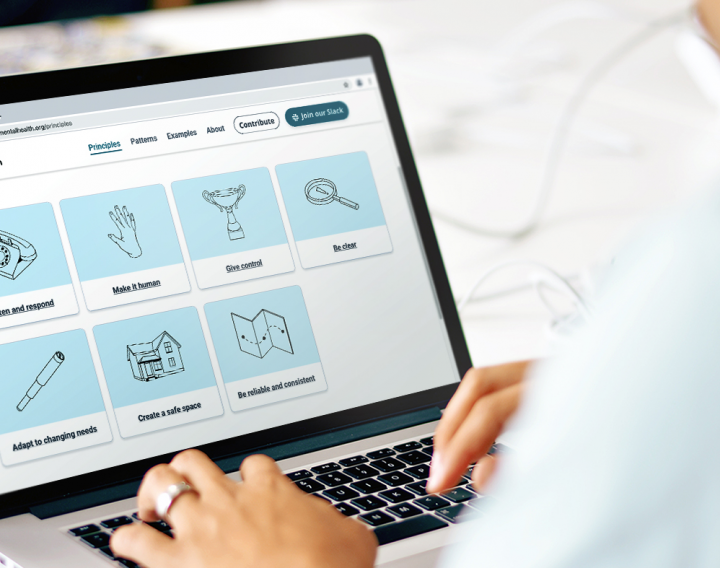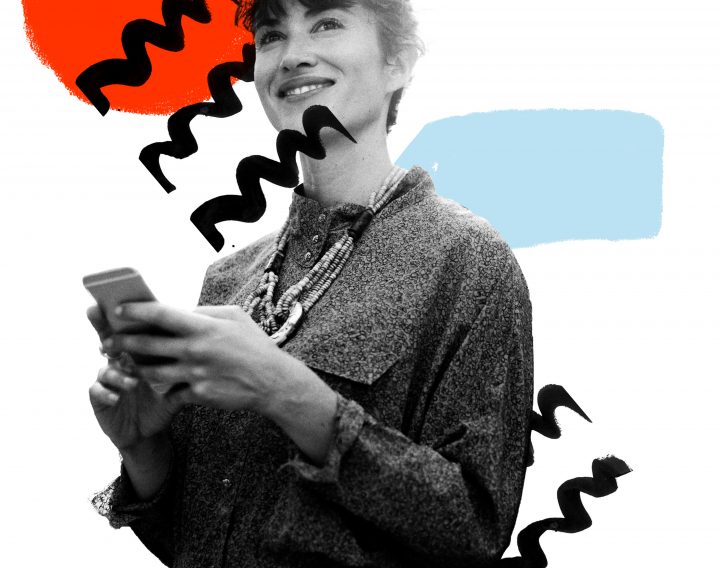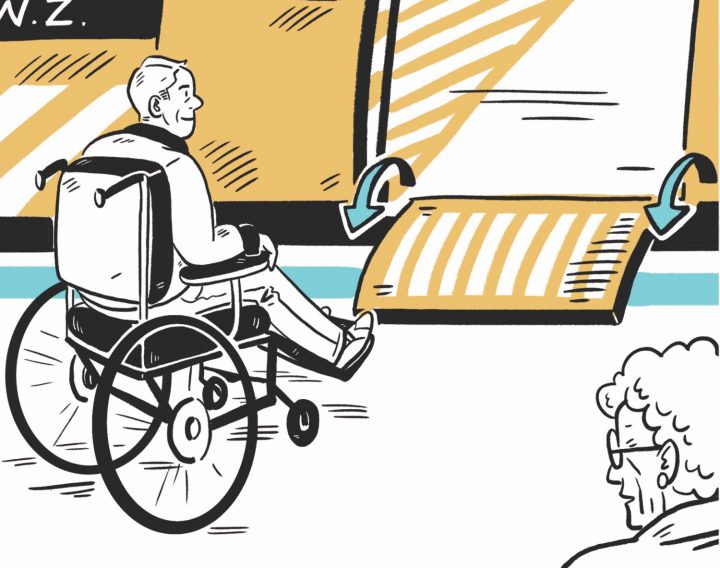Today, Snook launch the next iteration of the design patterns for mental health library.
I’m stoked.
It’s a free, open-source platform for anyone who’s involved in delivering mental health products and services. A place to share best practice and first-hand experience.
Patterns are simply things that have been used before and proven to work. It’s important to share them so mistakes aren’t repeated, hard-won learnings are shared and ultimately products and services that truly help people become the norm.
What you will see is not a finished product. It’s a foundation to build more content and collaboration across organisations seeking to build.
You will find our first principles on what makes good mental health products and services, patterns that can be implemented into any service and examples of where this good practice exists.
There’s also linked research and evidence if you’re interested in delving deeper.
I first wrote about this way back in 2017, when I had an idea for patterns to be applied in building design literacy in what good mental health products and services might look like.
In some ways, it was an attempt to stop bad design from happening in the face of a growing rush to invest in and build digital services to address the global mental health crisis.
I wrote about our first Minimum viable product (MVP) here, developed with the wonderful Public Policy Lab and an array of brilliant charity, commercial and public sector partners. We built something small, as a taste of what could be possible with more resources. It gave an oversight of why a pattern approach can help build better products and services.
In 2019, along came funding from Nominet and a partnership with Barnardo’s innovation lab who worked with Snook to build a set of patterns focused on digital services that young people use.
We collaborated with youth charities and organisations, co-designing patterns and examples together that could be shared with wider audiences.
Our library is a collection of best practice guides to help organisations and individuals design mental health products and services that truly work for people. It’s not just useful for digital products and services. People delivering multi-channel services need to make them fit for this digital age — because most services have digitally-enabled aspects, even if the end-user doesn’t interact with technology.
The library taxonomy
Principles
A set of principles acts as a guiding star to help orient design decisions. Ours have been informed by;
- extensive mental health research and evidence
- user-research conducted by major health institutions and service providers
- testing with youth charities
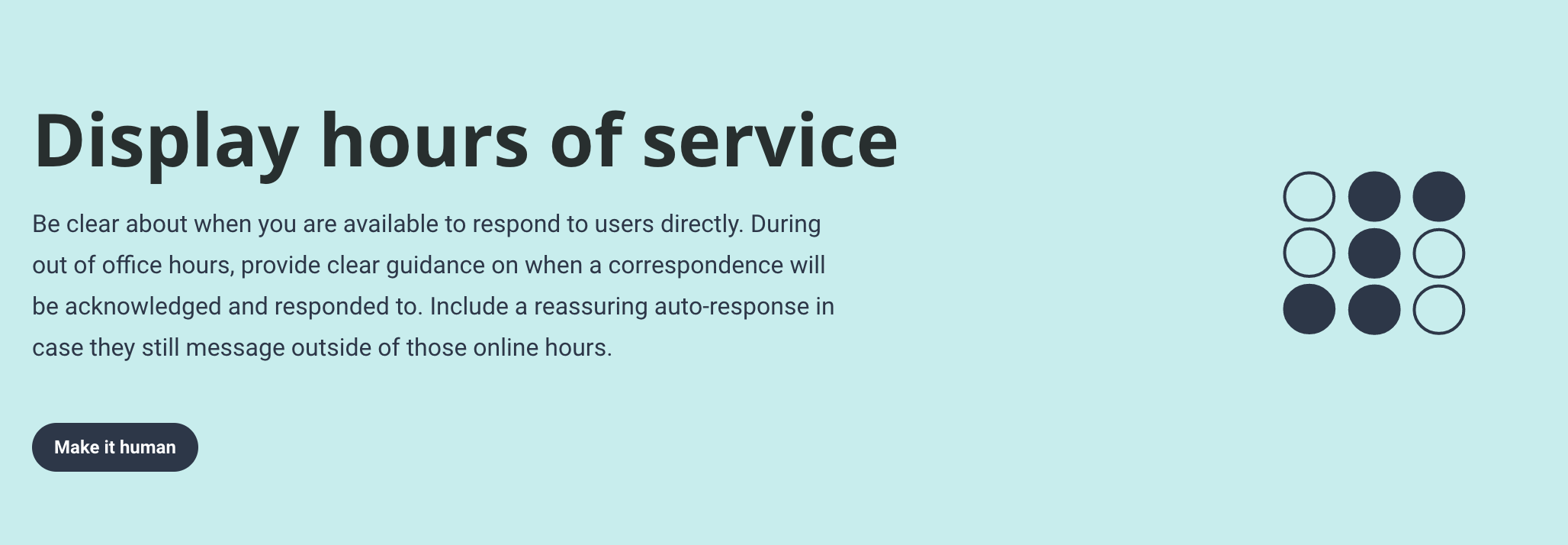
Patterns
Patterns are specific product and service approaches, proven to meet the needs of people: from keeping users safe to providing them with multiple ways to engage with you and your service. They are like best practice guides, broken down into implementable parts.
We call them patterns because they are repeated in other services and you can copy them, applying them to what you’re working on.
Patterns should serve as a checklist for your service or product.
We’ve kept the content really simple and concise. We’ll continue to test this, but we want to be as directive as possible in the patterns, to help people implement them, whilst still providing flexibility to apply them to multiple contexts.

Examples
Examples are short case studies that illustrate patterns in action. Sometimes the best way to understand how an approach works in practice is to see it in a particular context and hear the story of how it’s been deployed.
A pattern library is 10% platform, 90% community
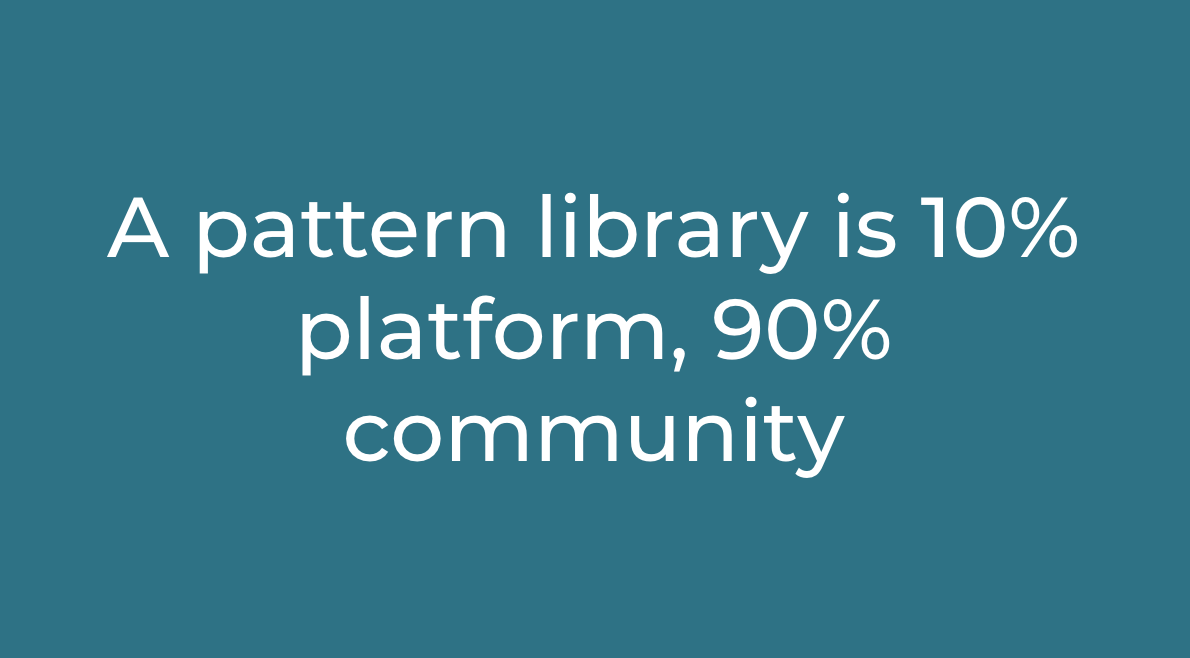
It’s important to recognise that a successful library of patterns is maintained and updated by a community.
That’s why we’re seeking collaborators to come to a co-design workshop on the 16th of June to help us build more content and start a discussion on how we might democratise, maintain and grow this platform as a wider community of individuals and institutions, working in the mental health sector and beyond.
If you want to get involved, come to the co-design event on 16th June, or you can;
Join the 250+ community on our Slack
Contribute patterns or examples here
Thank yous
Big thanks to everyone at Snook who had a hand in this from 2017 (Charley and Maya to 2019–2021’s crew of Tracey, Lucy, Adam, Juliette, Rachel, Meg, Matilda, Chia, Gavin, Nao, Charlotte W, Luca, Melissa, the Barnardo’s team of Rhiannon, Henry, Tom and wider innovation lab crew and Chris and Martha at Nominet for their support!)
A bigger thanks goes to Shanti Mathews from Public Policy Lab, and her co-conspirators including Chelsea Mauldin and the wider team who picked up the phone and said, ‘Hey — we should build a prototype of this.’ That call made this happen.

